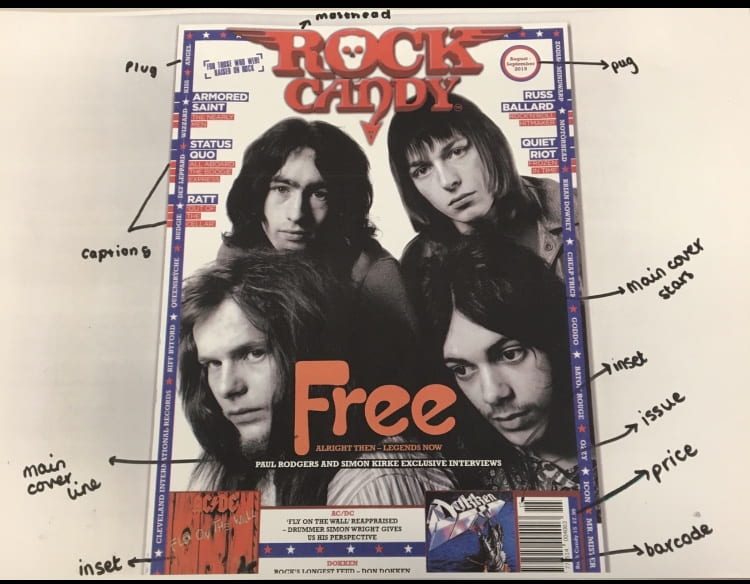Star Image – theirs and mine
Below I have made a presentation on a star from the genre that I think best suits my ideas for my music magazine. I chose Ben Platt because I think he captures the ideal image for my magazine and has a similar target audience. This is because, through Richard Dyer’s theory of ‘The Paradox of the Star’, Ben Platt is presented as extraordinary through his talent but also ordinary through his humble appearances on chat shows, being spotted shopping in Los Angeles and New York. He is both present on social media, constantly updating his feed and appearing on chat shows and absent in his concerts, interviews and the Netflix series that he features in. His metanarrative is portrayed through all the below topics:
- music – lyrics from songs
- performance – concerts, albums and music videos
- appearance – presence at events and chat shows
- articles – images on magazines
- social media – presence on social media platforms like Instagram and Facebook
Below is my images and ideas for my star image. I will have two cover stars – one male and one female. My stars will pose with a neutral and thoutful facial expression with a relaxed body language in order to fit in with the metanarrative of genuine, down-to-earth and authentic, also allowing the audience to relate to the artists because they are ordinary. I would want my stars to come across as friendly, caring and humble in order for my target audience to be as engaged as possible with my artists.





